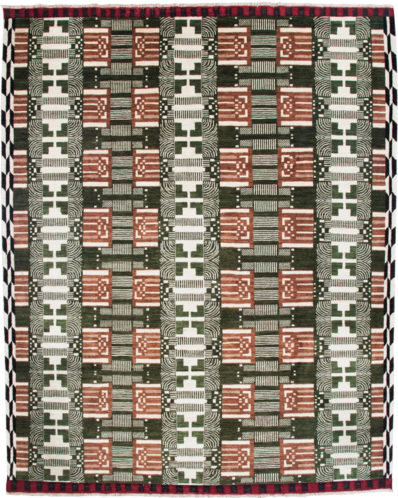
The Wiener Werkstätte (“Vienna Workshops”) were founded in 1903 as a business collaboration between Josef Hoffmann, designer Koloman Moser and wealthy industrialist and art patron Fritz Waerndorfer. The cost of producing the journal had become too great and fissures in the group led to the publication’s demise. Ver Sacrum ceased publication in 1903, the same year the Wiener Werkstätte was formed and two years before the Secession fractured. Notice the square format-Vienna’s, and specifically Hoffmann’s, favorite symbol of modernity. Ver Sacrum is recognized for its advances in graphic design, typography and illustration, setting an example for later art magazines. Each issue therefore was an example of Gesamtkunstwerk (“total work of art”). The first 11 issues, while Hoffmann served on the editorial board, are exhibited here.Įach journal was formulated like a small exhibition and most issues focused on the work of one artist. During the years of publication, 120 issues were printed. The journal featured lithographs, woodcuts, illustrations, poems and essays by artists of the Secession in editions of about 400-500 copies each. The first issue was published in January 1898 and for the first two years, Ver Sacrum was published monthly. The title, Latin for “sacred spring,” was inspired by the season the Vienna Secession was founded and relates to their desire for a rebirth of their city. Josef Hoffmann served on the editorial board for the first year of publication and would contribute artwork regularly. To bring the idealist message of the Vienna Secession to the public, the Secessionists created Ver Sacrum, a journal promoting their philosophies, art and design. Stop by the Cabaret Fledermaus for a show and imagine sipping a coffee (or perhaps something a little stronger) in this cohesive and elegantly-designed space.Īll decorative art pieces in the exhibition were designed by Josef Hoffmann.

As you journey through the exhibition, you will discover objects that demonstrate Hoffmann’s roles in the Vienna Secession, their publication, Ver Sacrum, and the subsequent Wiener Werkstätte (“Vienna Workshops”).

Josef Hoffmann’s Vienna, designed to delve deeper into an important part of Kirkland Museum’s permanent collection, explores Hoffmann’s immense impact on Vienna and the western world during the early 20 th century.

In this season of rapid change, young artists found themselves swept up in a belief in progress and the desire to bring a new and modern art to Vienna. The Viennese were embracing new technologies with the installation of streetlights and an electric tram. This is the place that Josef Hoffmann loved, the place where he would become a trailblazer for architecture and design in the 20th century.įrom 1850 to 1910, Vienna’s population grew from 500,000 residents to over two million. Imagine yourself strolling along the streets of Vienna and hearing strains of Mahler playing from the beautifully decorated cafés.


 0 kommentar(er)
0 kommentar(er)
